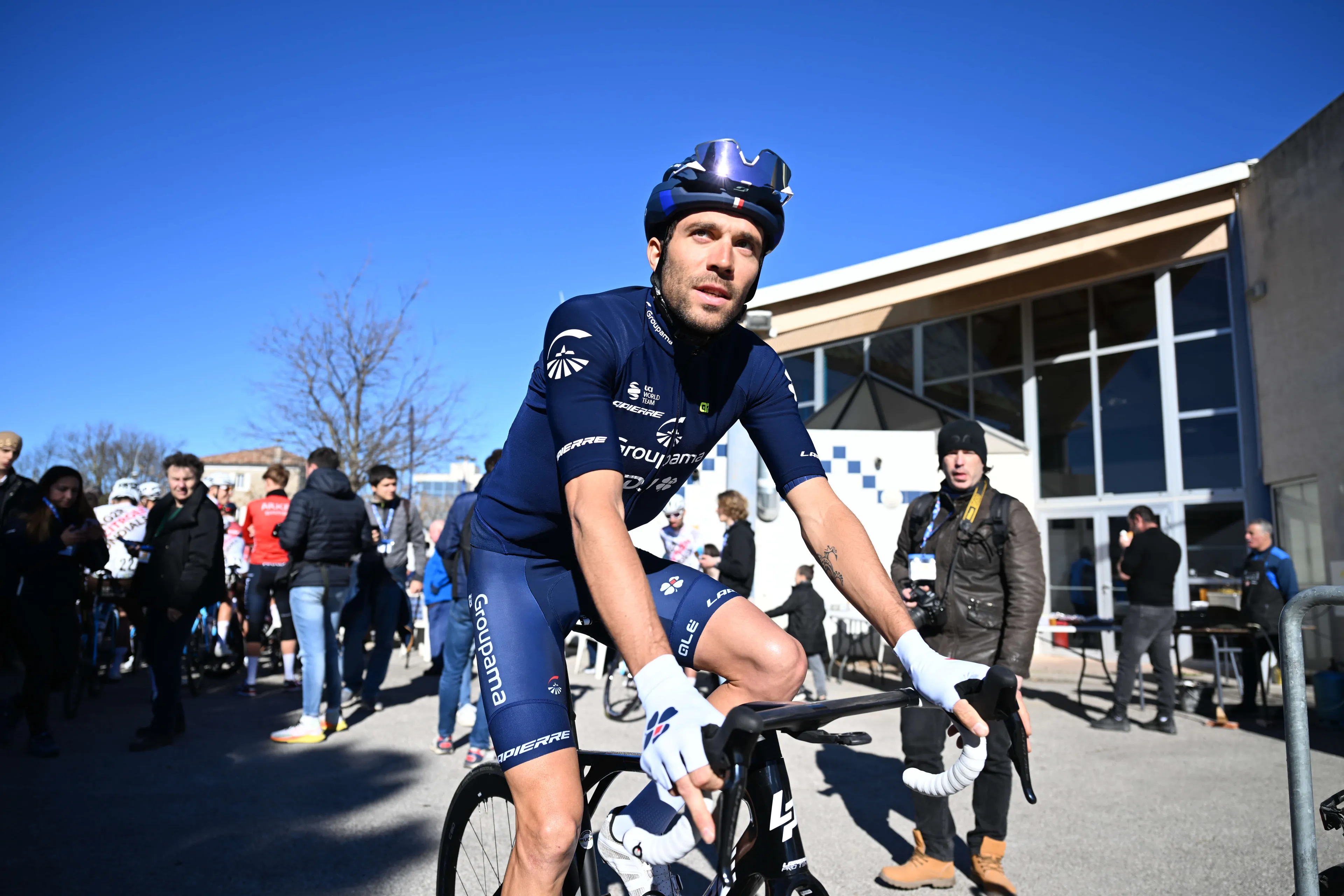
Throughout the 17th to 19th of February the French peloton will take on the Tour des Alpes Maritimes et du Var, based on the southeastern tip of France and based around the region of Nice, a race full of climbing tests.
This year however it lacks the territory for the true climbers to test their legs, but instead favours the classics riders and puncheurs. All three stages have hilly profiles which will be very open and can see the overall classification battle spread between many riders of different specialties.
Read also

Stage 1: Saint-Raphaël - Ramatuelle, 197.5 kilometers
Stage 1 will be an interesting first test. It is a stage that features several ascents throughout the day, and they intensify over the final kilometers. There will be four ascents inside the final 25 kilometers, three of them inside the final 12 kilometers.
They will have 2.4Km at 2.9% (11Km to go), 1.2Km at 4% (5Km to go) and the hilltop finale into Ramatuelle will be 1.2 kilometers long at 4% which will favour those with explosive power but the capacity to ride longer efforts.
Read also

Stage 2: Mandelieu-la-Napoule - Antibes, 179.7 kilometers
Stage 2 will be a tricky day but of a different kind. Most of the attention will be focused towards the main climb of the day into Cabris. It will be with 33.5 kilometers to go that the ascent will end, at it's hardest it features 12 kilometers mostly at around 5%. Not a very difficult climb but enough to make a selection and enough to launch attacks.
After that little summit most of the route into Antibes is downhill, however it features a few small hilltops - the biggest being 1.4 kilometers long at 7.1%, with 7.5 kilometers to go.

Stage 3: Villefranche-sur-Mer - Vence, 139 kilometers
The final and queen stage should be a chaotic. Only 139 kilometers on the menu, it is a little appetizer for the final day of Paris-Nice, taking place in the same roads. It immediately starts with an ascent that should see a lot of attacks and chaos spread. 6.9 kilometers at 5.1% and 6.9Km at 6.3% in the opening third of the stage will open many opportunities to turn the GC on it's head.
However if all is controlled the stage should be decided in the approach to Vence where the day and race will end. A 4.2-kilometer long climb at 4.5% will end with only three kilometers to go, providing more room for attacks, as is the case with the flat run-up to the line.
claps 0visitors 0
Just in
Popular news
Latest comments
- If she was Dutch or Belgian she'd have already sorted a team out. Unfortunately, the CX teams are pretty insular to 'foreigners' and would rather give a spot to a local rider. And that is one reason why the sport is niche outside its heartland.wipperman9519-12-2025
- Dear Editor: It is no humiliation to make the final, even with two riders, and not get it perfect against another talented rider. Disappointment, sure.itsent18-12-2025
- I luv this guy ,so honest puts the hand up ..."my fault.".. I would be stoked to see him win his big monuments ... i think he would be a great team mate and friend.Davide18-12-2025
- In his years in the peloton, Evenepoel has had several major crashes that could have ended another person's career. In that, he is sadly similar to Roglic, whose crashes have had a huge impact on his still impressive palmares. I'd say the first thing that needs to happen is that everyone make it to the Tour safely. At that point? I don't think they stand a chance against the UAE engine, and the man who is only now (seriously?!) coming into what used to be the age of maturity, refinement, and full bodily development.RidesHills18-12-2025
- It must be hard for him to let go...somewhere in his mind he sees himself competitive. The reality of his entire time at IPT tells a different story altogether.Crashjames18-12-2025
- Not only that, but aside from JV, no one has remotely come close to Tadej level, and I seriously doubt Remco or Lipowitz will be there next year in the finales. That said, a lot can happen on the road in the next year, and I hope it's an epic battle among all of the top 10 finishers. It's a little anticlimactic to watch Tadej ride everyone off his wheel, even if it is super impressive to watch.Crashjames18-12-2025
- He couldn't finish in the top 100 at Unbound Gravel. He might be able to hold the wheel in a cat 3 crit but even that's debatable. Not being facetious.paule18-12-2025
- It isn't just the 5 million euros a year. It's also the never-ending hospital bills. Two weeks to go for Sylvan Adams to get out from under this mess.paule18-12-2025
- LOL, Del Toro, while very strong, is not currently racing at a level higher than Remco or Lipowitz. He can be by 2027 though and probably will be. You are discounting Remco's season this year, which his underperformance was caused by a crash that would have retired most people. He will be very strong this coming year as long as he keeps the rubber side down.awp18-12-2025
- It would be nice to see him have a healthy season and do well.JoeyB18-12-2025
Loading
Write a comment









